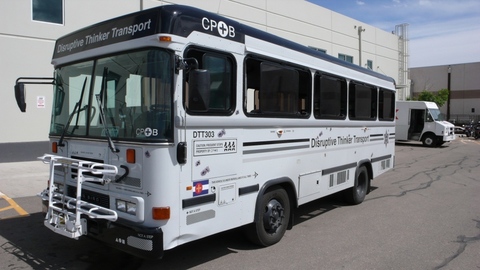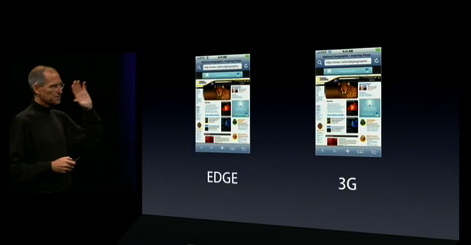I really like technohumanism and Our RISD, John Maeda’s latest new blogs. For such as busy guy, Professor Maeda sure has a lot of blogs — I count four on the metacool roster of cool destinations. And maybe that’s the point: if you’re using a blog as a place to fool around with ideas, it helps open your eyes to the world, which then makes it easier to see the world, which then makes it easy to have things you’d like to blog about, and so forth. Of course, it helps a lot if you start out with John Maeda’s curiosity and energy!
If you have access to Monocle magazine, check out their recent profile of Professor Maeda’s new role as the President of RISD. Here’s a quote where he is talking about where students of the future may come from:
"I want all these under-served areas that are massively creative and
unique. How do you get to where the missing talent is? How
do you find raw talent? Maybe it’s ageless, maybe it’s people who are
60-plus. I think all these stigmas can maybe go away."
If you’re a reader of metacool, you know that greatly admire John’s philosophy of doing both. If I were 17 again and looking at places to pursue an undergraduate education, I would look quite seriously at RISD, for it is a place all about exploration across boundaries. When I was 19, after a harrowing freshman and sophomore years that felt like I was leaving my soul at the entrance to campus, I figured out a way to do both, and ever sense I’ve been happiest in life when I’m trying to do both. Now, it’s tough to do both at times (and I’ve been caught doing too much of both in the last six months), but life gets better and richer this way. Why choose? Do both. One blog? Why not two blogs? One job? Why not two? How about three? The only sell out is selling yourself short with false tradeoffs.



